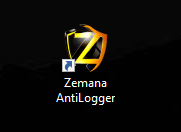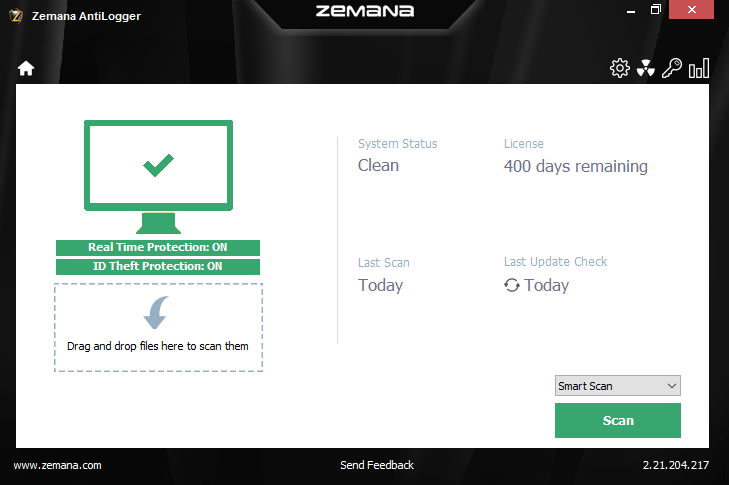What is ZeuS?
Zeus virus is a malicious banking Trojan, which is also known as Zbot Trojan. It was first detected in 2007. This Trojan malware was considered as the most successful piece of malware that managed to infect millions of PCs worldwide and make a huge profit.
This virus was one of the first malware variants developed for taking over people's banking details, so it is not surprising that there are many sources who claim that almost every banking Trojan has a part of Zeus virus in them.
How does it work?
Pay attention to phishing pages that pretend to be legitimate websites, as these are primarily designed to fool you into handing over personal information. Clicking links in emails that come from unknown senders is one of the easiest ways ZBOT attacks its victims.
Zeus became criminals’ most favorite tool for stealing online banking credentials. The malware can be customized to gather credentials from banks in specific geographic areas and can be distributed in diverse ways, including email attachments and malicious web links.
Zeus is dangerous because once it infects a PC, the PC can be recruited to become part of a botnet - a network of corrupted machines that are covertly controlled by a command and a control server under the control of the malware's owner. A botnet allows the owner to collect massive amounts of information or execute large-scale attacks.
What is so special about ZeuS?
Zeus specifically targets system information, online credentials, and banking details, but can be customized through the toolkit to gather any sort of information. This is done by tailoring configuration files that are compiled into the Trojan installer by the attacker.
Via monitoring and keylogging, Zeus can recognize when the user is on a banking website and it can record the keystrokes used to log in.
However, the source code of the virus leaked in 2011 and the activity of the Trojan has been suspended and the suspected creator of Zeus arrested. Nevertheless, cyber criminals developed many Zeus Trojan variants, the most active of which currently is Zeus virus scams.
How to prevent ZeuS from infecting my PC?
The best way to prevent Zeus from infecting your PC is to avoid visiting unsafe websites, especially banking websites. Your PC can also get infected via exploits in different browsers. Therefore, you need to install an antivirus solution as the basic protection for your PC and an antimalware solution as the necessary additional layer of protection. Make sure to keep them both updated.
How to remove ZeuS from a PC?
If you are looking for a solution to detect or to protect you from Zeus, download Zemana AntiLogger for free (it comes with 15-days free trial). It will detect any type of malware on your PC and remove it.
However, if you decide to continue using the Trial and do not wish to purchase the Premium subscription at the end of the trial, your Zemana AntiLogger program will disable premium features. All other (basic) features will remain unchanged.
Zemana AntiLogger as a ZeuS removal tool for your PC
If you are looking for a solution that will help you in removing Zeus, download our Zemana AntiLogger, that will provide you with necessary Secure SSL and Keystroke Logging Protection. It is important to note that Zemana AntiLogger is compatible with any antivirus software that you might have on your PC and will run alongside it without any conflicts.
Below you can find a guide on how to detect and remove ZeuS with Zemana AntiLogger.
- STEP 1: Download Zemana AntiLogger here.
- STEP 2: Once downloaded, install the software on your PC. You can do this by double-clicking on ZAL program icon on your desktop or in your download files.

- STEP 3: Press the "Scan" button.

- STEP 4: When the scan is complete, click "Next".
- STEP 5: Restart your computer if you are prompted to do so.
